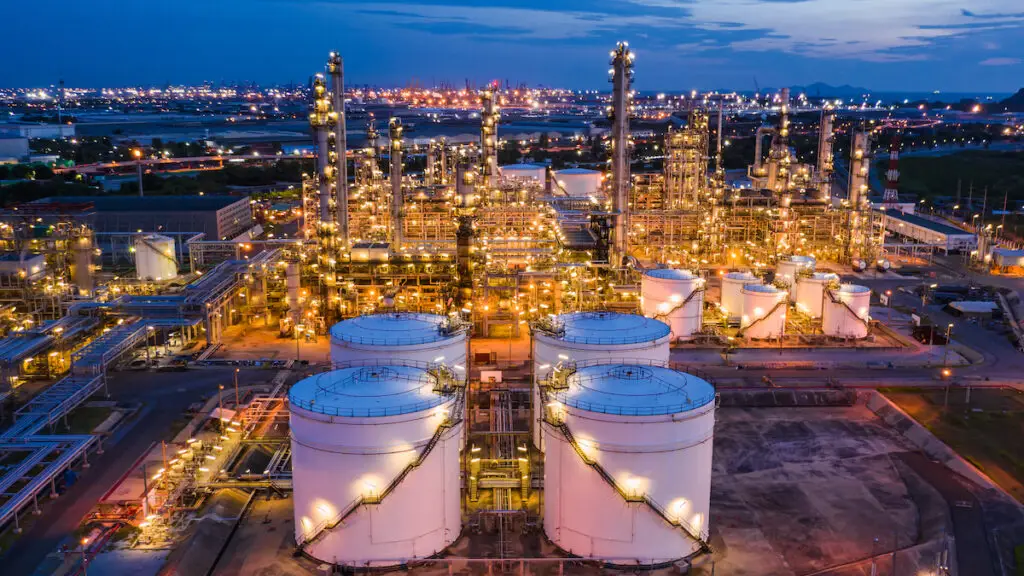In the capital-intensive world of energy, the award of a multi-billion dollar Engineering, Procurement, and Construction (EPC) contract is never just a transaction; it’s a strategic indicator. When QatarEnergy, one of the world’s most disciplined and sophisticated energy developers, hands a substantial $4 billion offshore EPC deal to China’s COOEC, it marks a decisive point in the evolution of the global supply chain. This move signals a fundamental change in the competitive equilibrium that has long defined the major project environment in the Middle East.
The traditional landscape, where the most complex, high-value offshore work was overwhelmingly reserved for a handful of established Western and European giants, is rapidly dissolving. This award validates that the execution capacity, technological proficiency, and, crucially, cost structure offered by major Asian firms are now globally competitive at the very highest tier.

The New Competitive Calculus: Cost Meets Capability
The decision by QatarEnergy is a pragmatic and powerful one. It reflects a core mandate: maximize value and secure execution certainty for massive, strategically vital projects. The success of COOEC in securing this contract suggests they met, or significantly exceeded, the demanding technical and commercial thresholds required by a world-class operator.
For organizations overseeing large capital programs, this development requires a fresh look at the economics of project execution. The rising prominence of Asian EPC players introduces intense, downward pressure on overall project CapEx. This is driven by several factors:
Cost Efficiency: Asian yards and supply chains often benefit from significant economies of scale, leading to a more competitive cost structure for fabrication and integration.
Execution Certainty: The ability of firms like COOEC to manage massive work packages and deploy highly efficient, large-scale construction fleets is now proven on an international scale.
Technological Parity: The notion that complexity in high-pressure, high-temperature (HPHT) or deepwater environments is the sole domain of a few legacy contractors is outdated. Modern execution requires advanced project management, digital tools, and precise engineering, capabilities now globally distributed.
The challenge for established players is clear: the market has expanded, competition is intensified, and the days of pricing work at a geopolitical premium are ending.
Diversification and De-Risking the Supply Chain
Reliance on a limited pool of EPC contractors introduces a distinct set of operational and financial risks, particularly in an environment characterized by inflation and supply chain volatility. Any delay or dispute with a single dominant contractor can jeopardize an entire Final Investment Decision (FID) and disrupt long-term market planning.
The strategic value of QatarEnergy’s decision is the diversification of its contractor base. This not only sharpens competition but also builds supply chain resilience. When multiple globally competitive firms are vying for major work, it ensures better commercial terms and greater flexibility in scheduling. Organizations planning their next wave of mega-projects should be actively seeking out and pre-qualifying these emerging global champions. This strategy helps mitigate the risk of schedule slippage or cost overruns associated with over-dependence on a narrow group of vendors.
The shift forces a strategic reassessment:
Revisit Prequalification: Project teams must systematically update their pre-qualification rosters to include contractors who have recently demonstrated tier-one competence on projects of this scale. Excluding new market leaders means losing access to critical cost and execution advantages.
Analyze Technology Transfer: The execution of a multi-billion dollar project invariably involves significant technology transfer. Tracking which national oil companies (NOCs) are successfully partnering with which contractors provides leading indicators on future operational capabilities and regional competitive trends.
In-Country Value (ICV): It’s important to note how this major contract impacts local content. Modern tenders, especially in the GCC, demand substantial ICV commitments. New entrants like COOEC are building partnerships and local fabrication capacity to meet these demands, creating a new wave of localized supply chain opportunities for regional service providers.
Ultimately, the COOEC award in Qatar is a significant marker of globalization reaching the highest levels of energy infrastructure. It’s a pragmatic response to market conditions that demands a proactive strategic adjustment. The energy sector is in an era defined by massive capital deployment; achieving cost-effective, timely execution is paramount. By choosing a rising global power, QatarEnergy has sent a clear message: competition, competence, and cost are the primary drivers of FID success. Organizations that swiftly adjust their contractor strategy to reflect this new reality will be best positioned to capture value in the next cycle of global project development.

